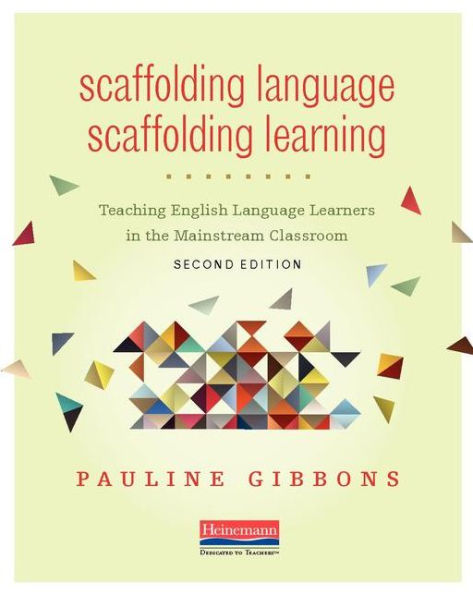5
1
9780325056647



Scaffolding Language, Scaffolding Learning, Second Edition: Teaching English Language Learners in the Mainstream Classroom / Edition 2 available in Paperback

Scaffolding Language, Scaffolding Learning, Second Edition: Teaching English Language Learners in the Mainstream Classroom / Edition 2
- ISBN-10:
- 0325056641
- ISBN-13:
- 9780325056647
- Pub. Date:
- 10/08/2014
- Publisher:
- Heinemann
- ISBN-10:
- 0325056641
- ISBN-13:
- 9780325056647
- Pub. Date:
- 10/08/2014
- Publisher:
- Heinemann

Scaffolding Language, Scaffolding Learning, Second Edition: Teaching English Language Learners in the Mainstream Classroom / Edition 2
$42.5
42.5
In Stock

From the B&N Reads Blog

